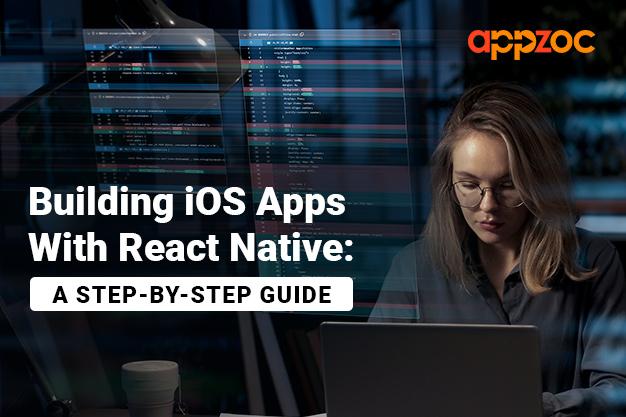
Flutter
Make the most of this cutting-edge technology by developing apps quickly! Our Flutter solutions have amazing features that can be used to create sleek, high-performance apps that can scale seamlessly across platforms.

React Native has emerged as a major changer in the field of mobile app development.This open-source framework, developed by Facebook, allows developers to build native apps for both Android and iOS using a single codebase. For businesses and developers in regions like Kerala, where the tech ecosystem is rapidly evolving, React Native offers a streamlined approach to iOS app development. In this guide, we’ll walk you through the steps to build iOS apps with React Native, emphasizing the burgeoning field of iOS app development in Kerala.
React Native has emerged as a major changer in the field of mobile app development. This open-source framework, developed by Facebook, allows developers to build native apps for both Android and iOS using a single codebase. For businesses and developers in regions like Kerala, where the tech ecosystem is rapidly evolving, React Native offers a streamlined approach to iOS app development. In this guide, we’ll walk you through the steps to build iOS apps with React Native, emphasizing the burgeoning field of iOS app development in Kerala.
Before diving into the development process, it’s essential to set up your environment:
Install Node.js: React Native uses Node to run scripts.Get it from the official Node.js website and install it.
Install Watchman: Developed by Facebook, Watchman tracks changes in the filesystem. It can be installed using Homebrew: brew install watchman.
Xcode: Since we’re focusing on iOS app development, you’ll need Xcode, Apple’s integrated development environment (IDE). It comes with the iOS SDK, simulators, and other necessary tools.
Once your environment is ready, initiate a new project:
This command sets up a new React Native project with all the required dependencies.
Navigate to your project directory and run:
This will start the iOS simulator and run your app. If everything is set up correctly, you’ll see a welcome screen.
React Native uses JSX (JavaScript XML) for structuring the app’s UI. Components are the building blocks, and they can be styled using a JavaScript representation of CSS.
For instance, if you’re building a simple app interface for users in Kerala, you might have components like ‘Header’, ‘Footer’, and ‘MainContent’. Each of these can be styled and integrated using React Native’s StyleSheet module.
For apps with multiple screens, navigation is crucial. The @react-navigation/native package provides a set of tools to manage screen transitions. Install it and set up the necessary stacks for your app’s flow.
One of React Native’s strengths is its ability to integrate native code when needed. This is especially useful for specific functionalities that aren’t available in the framework. For iOS app development in Kerala and elsewhere, this means you can leverage the full power of the iOS SDK when necessary.
While simulators are great for initial development, testing on real devices is crucial. Connect your iOS device, ensure it’s configured for development, and run the app. This step ensures that your app functions seamlessly on actual devices.
React Native apps generally offer excellent performance. However, as with any development framework, there’s always room for optimization. Use profiling tools, monitor the app’s memory usage, and optimize components for smoother user experiences.
Before you submit your software to the software Store:
Ensure you’ve followed Apple’s guidelines.
1.Test your app thoroughly.
2.Set up an Apple Developer account and configure your app for distribution.
Once everything is in place, use Xcode to build your app’s release version. Then, submit it to the App Store using the App Store Connect portal.
Also Read:Tips For Finding A Reliable Mobile App Development Company In Kerala
The Rise of iOS App Development in Kerala
With the increasing demand for mobile applications, regions like Kerala are witnessing a surge in iOS app development. React Native, with its ability to streamline the development process, is playing a pivotal role in this growth. Whether you’re a business in Kerala looking to tap into the mobile market or a developer keen on honing your skills, React Native offers a robust platform for iOS app development. By following this step-by-step guide, you’ll be well on your way to building efficient and high-performing iOS apps.